The Global Anticoccidial Market is characterized by a competitive landscape where various companies strive to innovate and offer effective solutions for coccidiosis, a significant disease impacting livestock health and productivity.
As the demand for animal protein continues to rise globally, the importance of efficient disease management strategies, including the use of anticoccidial agents, has become increasingly critical. Companies in this market are focused on developing novel formulations and improving the efficacy and safety of their products.
The landscape is shaped by various factors, including regulatory environments, advancements in veterinary science, and the growing awareness among livestock producers about the ramifications of coccidiosis outbreaks. Strategic partnerships, research and development initiatives, and a robust supply chain are vital for companies aiming to maintain a competitive edge in this dynamic market.
Cegelec has established a noteworthy presence in the Global Anticoccidial Market, driven by its commitment to delivering high-quality products designed to effectively combat coccidiosis in poultry and livestock.
The company's strengths lie in its extensive research capabilities, which enable it to innovate and adapt its offerings in response to emerging challenges in animal health. Cegelec possesses a strong distribution network that ensures accessibility to its anticipated products, allowing for a broad market reach.
Furthermore, its reputation for reliability and effectiveness has solidified its status among farmers and livestock producers, who depend on proven solutions to maintain livestock health and productivity. The ongoing investment in product development and adherence to stringent quality standards further bolster Cegelec's competitive positioning in this market.
BASF's involvement in the Global Anticoccidial Market highlights its strong dedication to providing effective and sustainable solutions for livestock producers. The company's key strengths include its extensive portfolio of innovative anticoccidial products, which are backed by rigorous research and development activities.
BASF leverages advanced scientific knowledge to create highly specialized formulations that address the specific needs of various regions and livestock categories. This adaptability allows BASF to effectively meet the demands of a diverse customer base while enhancing animal welfare through improved efficacy and reduced resistance issues.
Moreover, the company maintains strong collaborations with stakeholders in the agricultural sector, fostering innovation and contributing to the overall advancement of animal health solutions. BASF's commitment to sustainability, coupled with ongoing educational efforts targeted at livestock producers, reinforces its position as a leading player in the Global Anticoccidial Market.


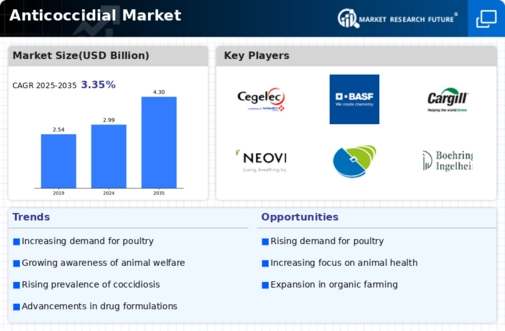
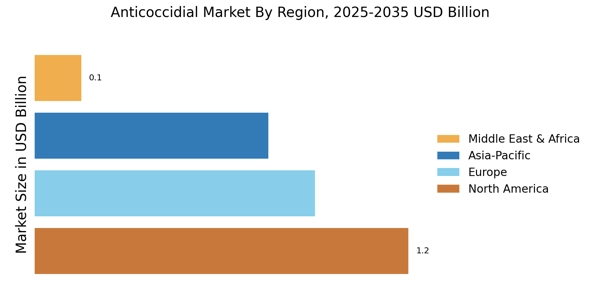


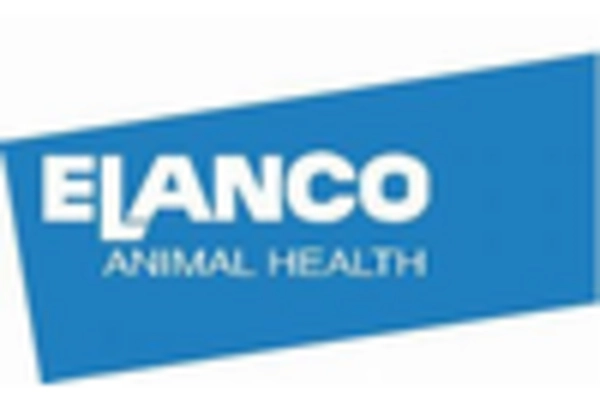
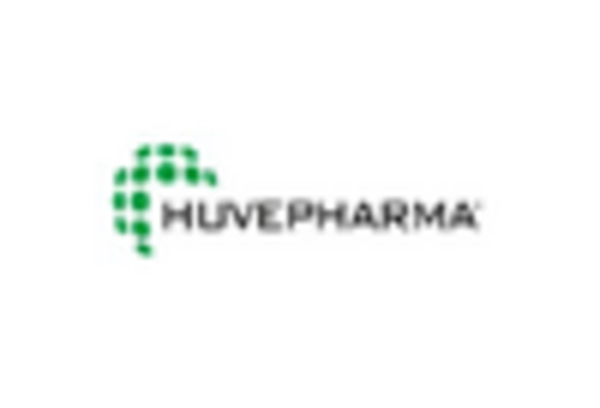
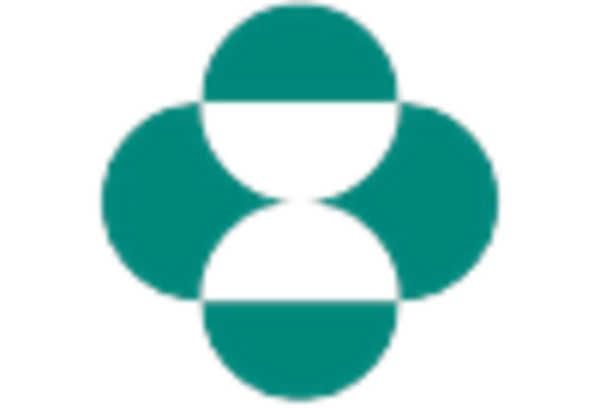
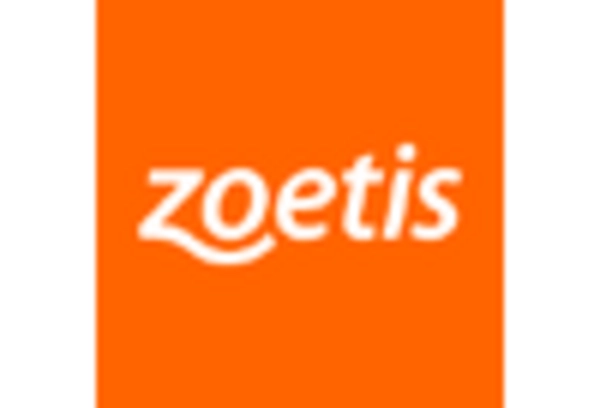








Leave a Comment